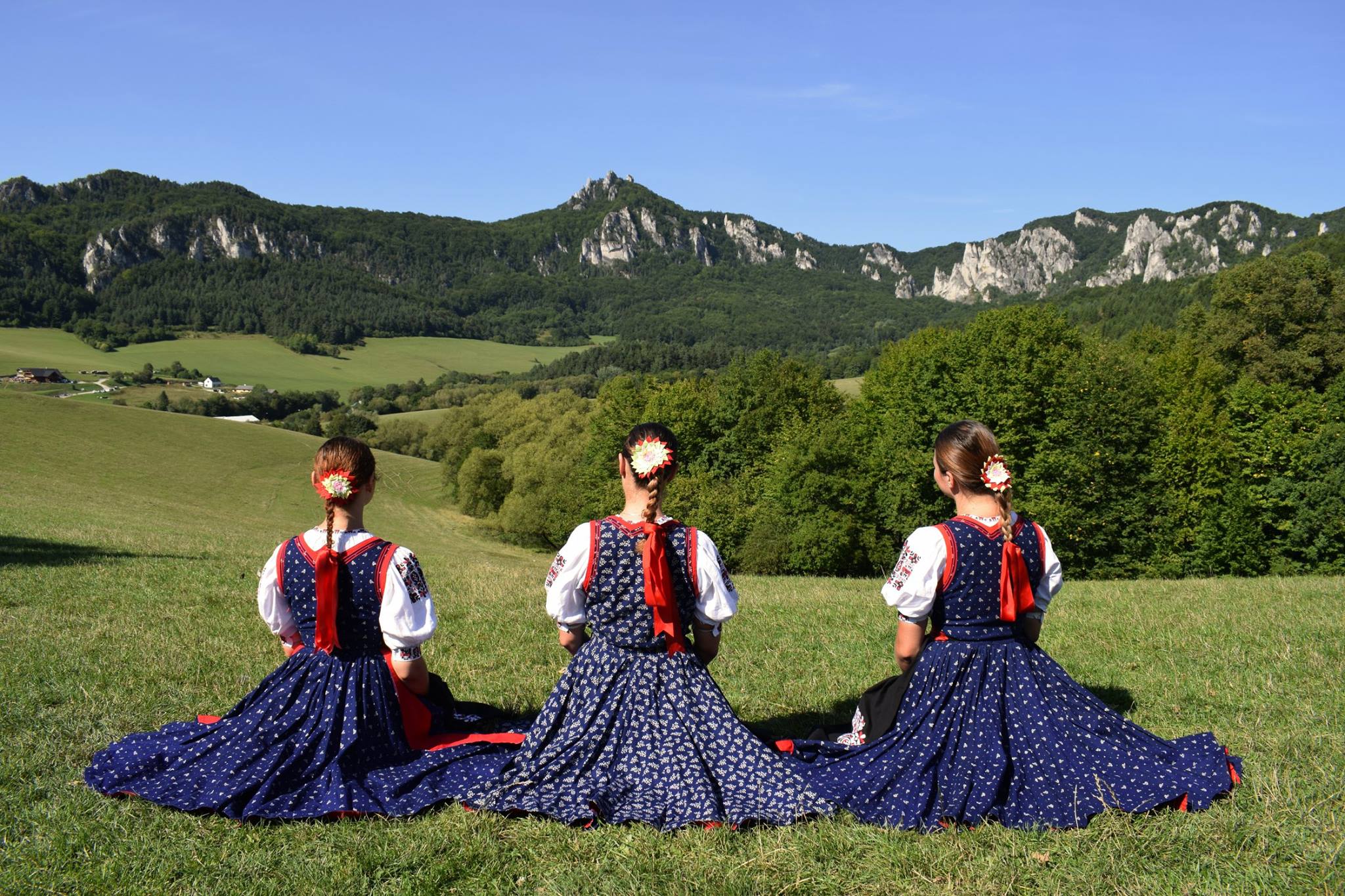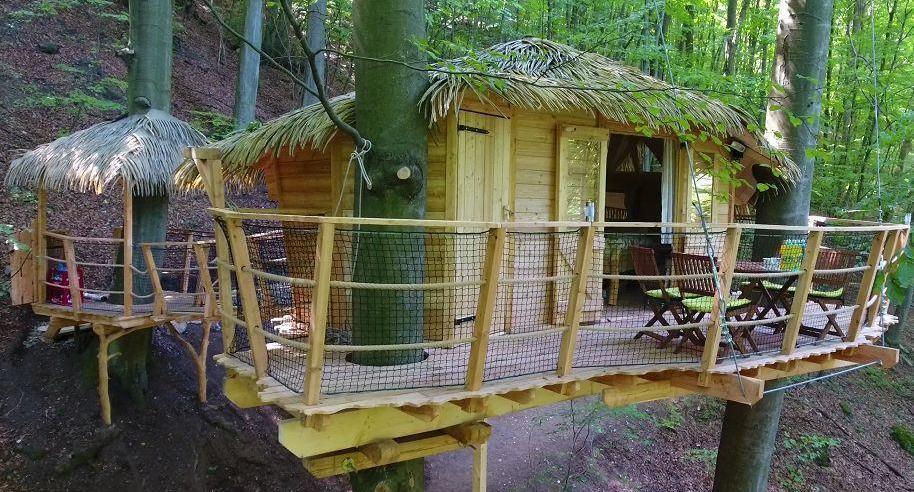


As part of the introduction of interesting regions of the Trenčian region, we look to the northwestern part of Slovakia. There is Púchovská Valley, which can be a bit of a history that goes far in the past. Part of it has been preserved in the original folklore, and part has been complemented by human creativity through legends.
You can find Puchov valley - as the name itself suggests - in the Púchov district. It is situated on the border of the White Carpathians and Javornik, which form part of the state border between the Slovak and the Czech Republic. From there, it stretches across the Lysen Pass, along the White Water River, to Puchov, the center of this area and the entire district.
The region connects the neighboring state with the Púchov - Horní Lideč railway line. Puchov is today an industrial city, which lies at the crossroads of transport corridors. Although much of the past has not been preserved, the name gave a unique culture - Puchov. It represents the gradual settlement of mountainous parts of Slovakia in the period of the five centuries at the turn of the years. The greatest discoveries in this area were made by the amateur archeologist Baron Emil Friedrich, Johannes Hoenning O'Carroll, on the legends of the Púchov rock.
It is the period of Puchov culture, which is one of the few original historical monuments in Púchov, near the archaeological museum of the Župnom dom. The Baroque-historical building was built by Imrich Marczibányi at the end of the 18th century. Preserved remains also the historical name of Moravská Street, where the Protestant emigrants from Moravia settled in the 17th century. They were famous for their weaving works, and in 1761 they were up to 68. Here was also born Puchov folk costume decorated with blueprint, which also belongs to the specifics of the city. Even though the district itself is the poorer of the historic buildings, you can find them in the valley virtually in every village - let us mention the Church of St. John the Baptist. Bartholomew apostle in Lúkach, Church of Sts. Cyril and Method in Dohňany or bell tower in Lyse under Makati. The Roman Catholic Church and the Evangelical Church in Lazoch under Makytu are also worth mentioning, as well as the torso of the fortifications of the Púchov culture in Mestečko.
Whoever prefers to admire the sights of the preference of movement in the wild, the choice has several hiking trails. Land of interest is, for example, the route from Lyse pod Makytou to the main ridge of Javornik, which leads predominantly through forests, partly by mountain meadows and ridges on the state border. Slightly strenuous and easy-to-navigate is the path from Púchov to Lednice and Záříčia. It passes through Vršatecká rivers and is an access road from Považský Podolia to Lednice Castle and to the White Water Valley.
Púchovská Valley is also a cradle of original folk customs and folk songs. Each village within this region has a folklore ensemble. In addition, the fujara thrombi, which is typical for this area, has been included in the Representative List of Intangible Cultural Heritage of Slovakia since last year.
foto: fb Folklore ensemble Váh Púchov

Kúpeľné mesto Trenčianske Teplice sa pýši novou, jedinečnou atrakciou. Môžete tam…

Dominantný a majestátny. Taký je hrad Beckov. Vyrastá zo skaly, je s ňou spätý ako sú s…